《英语阅读能力提高》
| 作者 | 陈建新,郭晓明主编 编者 |
|---|---|
| 出版 | 上海:上海交通大学出版社 |
| 参考页数 | 422 |
| 出版时间 | 1996(求助前请核对) 目录预览 |
| ISBN号 | 731301564X — 求助条款 |
| PDF编号 | 83874938(仅供预览,未存储实际文件) |
| 求助格式 | 扫描PDF(若分多册发行,每次仅能受理1册) |

第一章 怎样推测词义(Deducing the Meaning of Key Lexical Items)1
§1-1 利用词汇形合手段(through lexical cohesion devices)1
一、同义关系(synonomy)2
二、反义关系(antonomy)9
三、上下义关系(hyponymy)14
四、词的集合(lexical set)22
五、词的搭配(collocation)29
§1-2 利用语法形合手段或上下文(through grammatical cohesion devices of through context)35
一、照应(reference)35
二、替代(substitution)45
三、省略(ellipsis)51
四、定义(definition)55
五、举例(exemplification)58
§1-3 利用构词法知识(through word formation devices)61
一、词缀法(affixation)61
二、转类法(conversion)72
三、合词法(composition)74
四、拼缀法(blending)77
五、逆成法(backformation)79
六、缩略法(shortening)80
第二章 怎样掌握语篇信息(一)(Understanding Information in a Discourse Ⅰ)83
§2-1 文章大意与中心思想(grasping the main idea and thesis)83
一、主要信息与次要信息(information of primary and secondary significance)83
二、整体(全过程)与各个组成部分(各个阶段)(the whole/a process and its parts/its stages)89
三、陈述与例证(statement and example)95
四、观点与事实(fact and opinion)101
§2-2 文章的体裁(styles of writing)107
一、记叙文(narration)107
二、描写文(description)119
三、说明文(exposition)134
四、议论文(arguementation)149
§2-3 基本参照技能(basic reference skills)168
一、参照资料(reference information)168
二、非文字信息(non-verbal information)195
第三章 怎样掌握语篇信息(二)(Understanding Information in a Discourse Ⅱ)213
§3-1 结论、推断及作者态度(conclusion,inference and the author's attitude)213
一、得出结论(drawing a conclusion)213
二、作出推断(making an inference)221
三、掌握作者的态度(identifying the author's attitude)228
§3-2 基本阅读方法(basic reading methods)235
一、略读(skimming)235
二、查读(scanning)252
三、细读(study reading)264
§3-3 SQ3R阅读法(SQ3R study system)280
一、浏览(survey)280
二、发问(question)282
三、阅读(reading)284
四、复述(recitation)286
五、复习(revision)290
第四章 阅读技能综合练习295
习题答案420
主要参考书目421
1996《英语阅读能力提高》由于是年代较久的资料都绝版了,几乎不可能购买到实物。如果大家为了学习确实需要,可向博主求助其电子版PDF文件(由陈建新,郭晓明主编 1996 上海:上海交通大学出版社 出版的版本) 。对合法合规的求助,我会当即受理并将下载地址发送给你。
高度相关资料
-
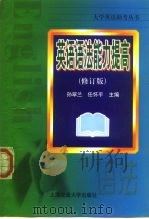
- 英语语法能力提高 修订版
- 1995 上海:上海交通大学出版社
-
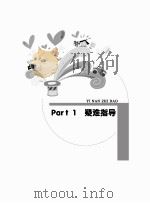
- 高中英语阅读
- 武汉:崇文书局
-
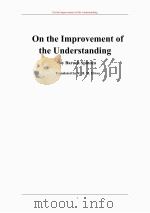
- 提高阅读能力
- 1982 麦克米伦出版有限公司
-
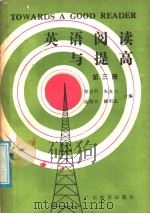
- 英语阅读与提高 第3册
- 1986 广州:广东教育出版社
-
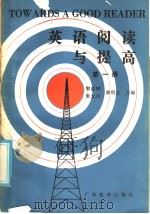
- 英语阅读与提高 第1册
- 1985 广州:广东教育出版社
-
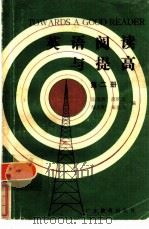
- 英语阅读与提高 第2册
- 1986 广州:广东教育出版社
-
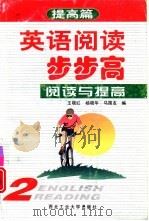
- 英语阅读步步高 2 阅读与提高
- 1998 西安:西北工业大学出版社
-
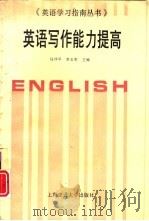
- 英语写作能力提高
- 1995 上海:上海交通大学出版社
-

- 英语词汇能力提高
- 1996 上海:上海交通大学出版社
-
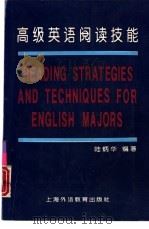
- 高级英语阅读技能
- 1995 上海:上海外语教育出版社
-
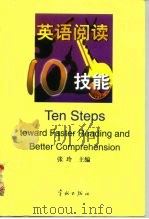
- 英语阅读10技能
- 1999 北京:宇航出版社
-
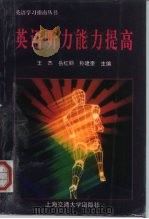
- 英语听力能力提高 修订版
- 1995 上海:上海交通大学出版社
-
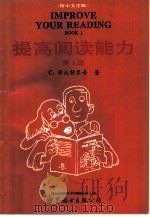
- 提高阅读能力 第1册
- 1995 麦克米伦出版有限公司
-
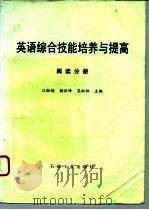
- 英语综合技能培养与提高 阅读分册
- 1995 北京:石油工业出版社
-
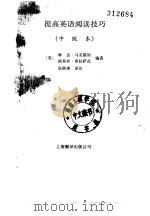
- 提高英语阅读技巧 中级本
- 1988 上海:上海远东出版社
提示:百度云已更名为百度网盘(百度盘),天翼云盘、微盘下载地址……暂未提供。➥ PDF文字可复制化或转WORD